Grow Dill Indoors Easily? Absolutely! Imagine fresh, fragrant dill readily available right in your kitchen, ready to elevate your culinary creations. No more last-minute grocery store runs or settling for dried herbs that lack that vibrant, fresh flavor. I’m here to tell you, it’s easier than you think!
Dill, with its feathery leaves and distinctive anise-like taste, has been cherished for centuries. Its use dates back to ancient Egypt and Rome, where it was valued not only for its culinary properties but also for its medicinal benefits. From flavoring pickles to garnishing salmon, dill has a rich history of enhancing dishes across cultures.
But let’s face it, not everyone has a sprawling garden or the perfect outdoor conditions to cultivate this delightful herb. That’s where this DIY guide comes in! I’m going to share my tried-and-true secrets to grow dill indoors easily, regardless of your gardening experience. Whether you’re a seasoned plant parent or a complete beginner, these simple tricks and hacks will empower you to enjoy a continuous supply of fresh dill, adding a burst of flavor to your meals and a touch of green to your home. Get ready to unleash your inner urban gardener!
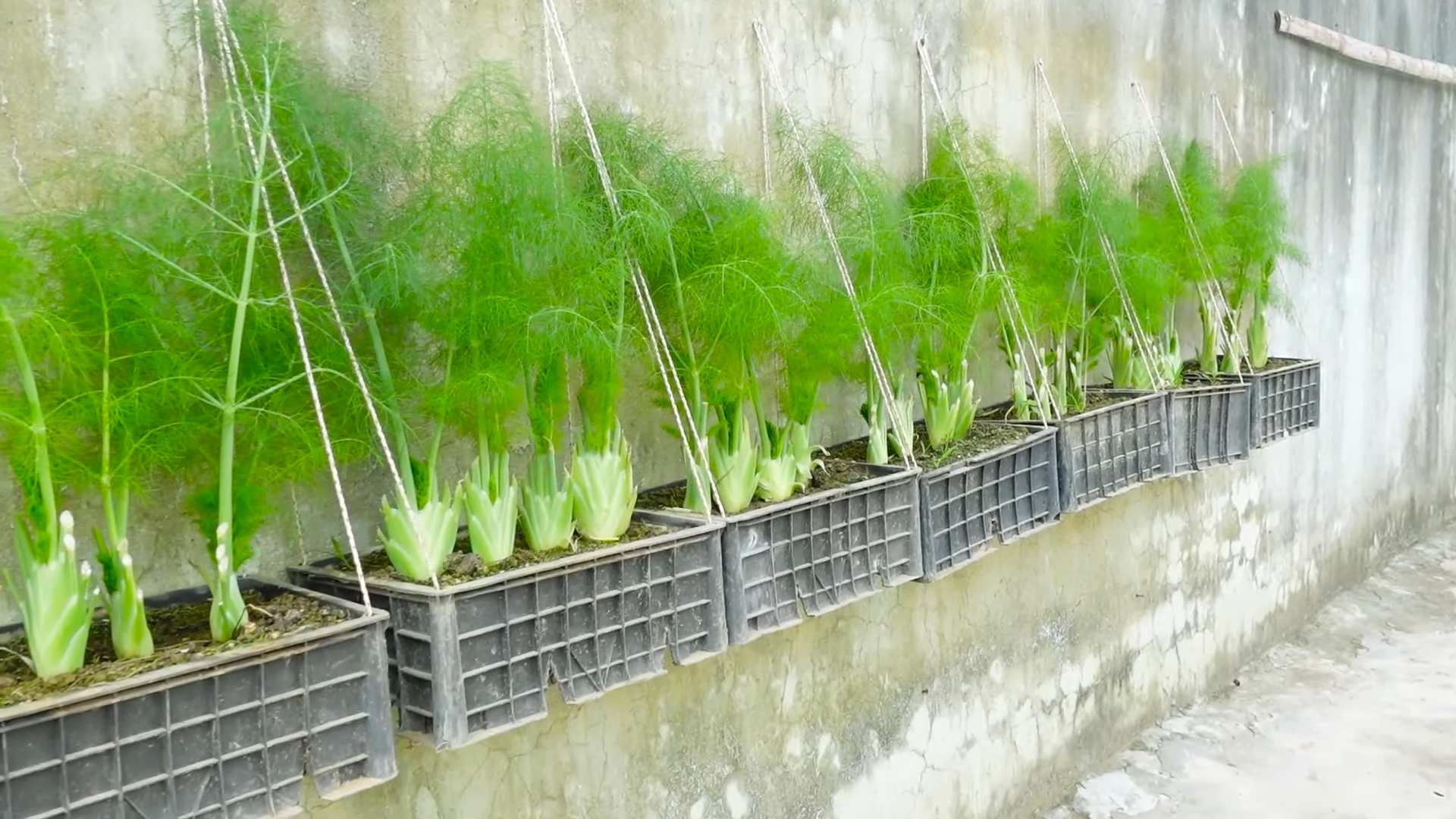
Grow Dill Indoors: A Beginner’s Guide to Fresh Herbs Year-Round
Hey there, fellow herb enthusiasts! Ever dreamt of having fresh, fragrant dill readily available, even when the snow is piling up outside? Well, you’re in luck! Growing dill indoors is surprisingly easy, and I’m here to guide you through every step. Get ready to enjoy that delicious dill flavor in your soups, salads, and dips all year long!
What You’ll Need
Before we dive in, let’s gather our supplies. Here’s a checklist to make sure you’re all set:
* **Dill Seeds:** Opt for a variety specifically suited for indoor growing, if possible. “Fernleaf” dill is a popular choice because it stays relatively compact.
* **Pot:** Choose a pot that’s at least 6 inches deep and wide. Dill has a taproot, so depth is important. Make sure it has drainage holes!
* **Potting Mix:** Use a high-quality, well-draining potting mix. Avoid using garden soil, as it can compact and hinder drainage.
* **Grow Lights (Optional but Recommended):** Dill needs plenty of light, so if you don’t have a sunny windowsill, grow lights are a must.
* **Watering Can or Spray Bottle:** For gentle watering.
* **Small Shovel or Trowel:** For planting the seeds.
* **Seed Starting Tray (Optional):** If you prefer to start your seeds indoors before transplanting.
* **Plant Food (Optional):** A balanced liquid fertilizer can help your dill thrive.
Section 1: Planting Your Dill Seeds
Okay, let’s get our hands dirty! Planting dill seeds is a breeze. I usually prefer direct sowing, but I’ll also explain how to start them in a tray if you prefer.
Direct Sowing (My Preferred Method)
1. **Prepare the Pot:** Fill your pot with potting mix, leaving about an inch of space at the top. Gently pat down the soil to remove any large air pockets.
2. **Sow the Seeds:** Sprinkle the dill seeds evenly over the surface of the soil. You can sow them quite densely, as you can always thin them out later. I usually aim for about 5-10 seeds per inch.
3. **Cover the Seeds:** Lightly cover the seeds with a thin layer of potting mix, about 1/4 inch deep. Dill seeds need light to germinate, so don’t bury them too deep.
4. **Water Gently:** Use a watering can or spray bottle to gently moisten the soil. Be careful not to dislodge the seeds. The soil should be damp but not soggy.
5. **Provide Light and Warmth:** Place the pot in a warm location with plenty of light. A sunny windowsill facing south or west is ideal. If you don’t have enough natural light, use grow lights. Dill seeds germinate best at temperatures between 70-75°F (21-24°C).
6. **Maintain Moisture:** Keep the soil consistently moist but not waterlogged. Check the soil moisture daily and water when the top inch feels dry to the touch.
Starting Seeds in a Tray (Alternative Method)
1. **Fill the Tray:** Fill the seed starting tray with potting mix.
2. **Sow the Seeds:** Place 2-3 dill seeds in each cell of the tray.
3. **Cover the Seeds:** Lightly cover the seeds with a thin layer of potting mix, about 1/4 inch deep.
4. **Water Gently:** Water the tray gently until the soil is moist.
5. **Provide Light and Warmth:** Place the tray in a warm location with plenty of light, or under grow lights.
6. **Transplant Seedlings:** Once the seedlings have developed a few sets of true leaves (usually after a couple of weeks), carefully transplant them into your pot. Be gentle when handling the delicate roots.
Section 2: Caring for Your Indoor Dill Plant
Now that your dill seeds are planted, it’s time to nurture them into healthy, thriving plants. Here’s what you need to do:
1. **Light:** Dill needs at least 6 hours of direct sunlight per day. If you’re using grow lights, keep them on for 12-14 hours a day. Position the lights a few inches above the plants. I’ve found that LED grow lights work really well and don’t generate too much heat.
2. **Watering:** Water your dill plant regularly, keeping the soil consistently moist but not soggy. Overwatering can lead to root rot, so be sure to let the top inch of soil dry out slightly between waterings. I usually water every 2-3 days, but this will depend on the temperature and humidity in your home.
3. **Temperature:** Dill prefers temperatures between 60-70°F (15-21°C). Avoid placing your plant near drafts or heat sources.
4. **Fertilizing (Optional):** If you want to give your dill plant a boost, you can fertilize it every 2-3 weeks with a balanced liquid fertilizer. Follow the instructions on the fertilizer label. I usually dilute the fertilizer to half strength to avoid burning the roots.
5. **Thinning:** Once your dill seedlings are a few inches tall, thin them out so that they are spaced about 2-3 inches apart. This will give them enough room to grow and prevent overcrowding. You can snip off the extra seedlings at the base with scissors. Don’t throw them away! You can use them in salads or as a garnish.
6. **Pinching:** Pinching back the tips of your dill plant will encourage it to branch out and become bushier. This will also delay flowering, which can make the leaves taste bitter.
7. **Air Circulation:** Good air circulation is important for preventing fungal diseases. Make sure your dill plant is not overcrowded and that there is adequate airflow around it. You can also use a small fan to improve air circulation.
Section 3: Harvesting and Using Your Dill
The best part! Harvesting your own homegrown dill is incredibly rewarding.
1. **When to Harvest:** You can start harvesting dill leaves as soon as the plant is about 6-8 inches tall. The flavor is best when the plant is young and the leaves are tender.
2. **How to Harvest:** Use scissors or pruning shears to snip off the leaves. You can harvest individual leaves or entire stems. Avoid cutting off more than one-third of the plant at a time, as this can stress it.
3. **Using Fresh Dill:** Fresh dill is best used immediately. You can add it to salads, soups, dips, sauces, and more. It’s also a great garnish for fish and vegetables.
4. **Drying Dill:** If you have more dill than you can use fresh, you can dry it for later use. To dry dill, tie the stems together and hang them upside down in a cool, dry place. You can also dry dill in a dehydrator or oven. Once the dill is completely dry, crumble the leaves and store them in an airtight container.
5. **Freezing Dill:** Another option is to freeze dill. Chop the dill leaves and place them in ice cube trays. Fill the trays with water or olive oil and freeze. Once the cubes are frozen, transfer them to a freezer bag. You can then add the frozen dill cubes to soups, stews, and sauces.
6. **Saving Dill Seeds:** If you want to save dill seeds for planting next year, allow the plant to flower and go to seed. Once the seed heads are dry and brown, cut them off and store them in a paper bag. In the spring, you can plant the seeds to grow more dill.
Troubleshooting
Even with the best care, you might encounter a few challenges when growing dill indoors. Here are some common problems and how to fix them:
* **Yellowing Leaves:** This can be caused by overwatering, underwatering, or nutrient deficiencies. Check the soil moisture and adjust your watering accordingly. If the leaves are yellowing due to nutrient deficiencies, fertilize your plant with a balanced liquid fertilizer.
* **Leggy Growth:** This is usually caused by insufficient light. Make sure your dill plant is getting enough sunlight or grow light.
* **Pests:** Dill is relatively pest-resistant, but it can sometimes be affected by aphids or spider mites. If you notice pests on your plant, spray it with insecticidal soap or neem oil.
* **Powdery Mildew:** This is a fungal disease that can affect dill plants. It appears as a white, powdery coating on the leaves. To prevent powdery mildew, make sure your plant has good air circulation and avoid overwatering. If your plant is affected by powdery mildew, spray it with a fungicide.
Tips for Success
Here are a few extra tips to help you grow the best dill possible:
* Choose the Right Variety: As I mentioned earlier, “Fernleaf” dill is a good choice for indoor growing because it stays relatively compact.
* Use a Well-Draining Potting Mix: This is crucial for preventing root rot
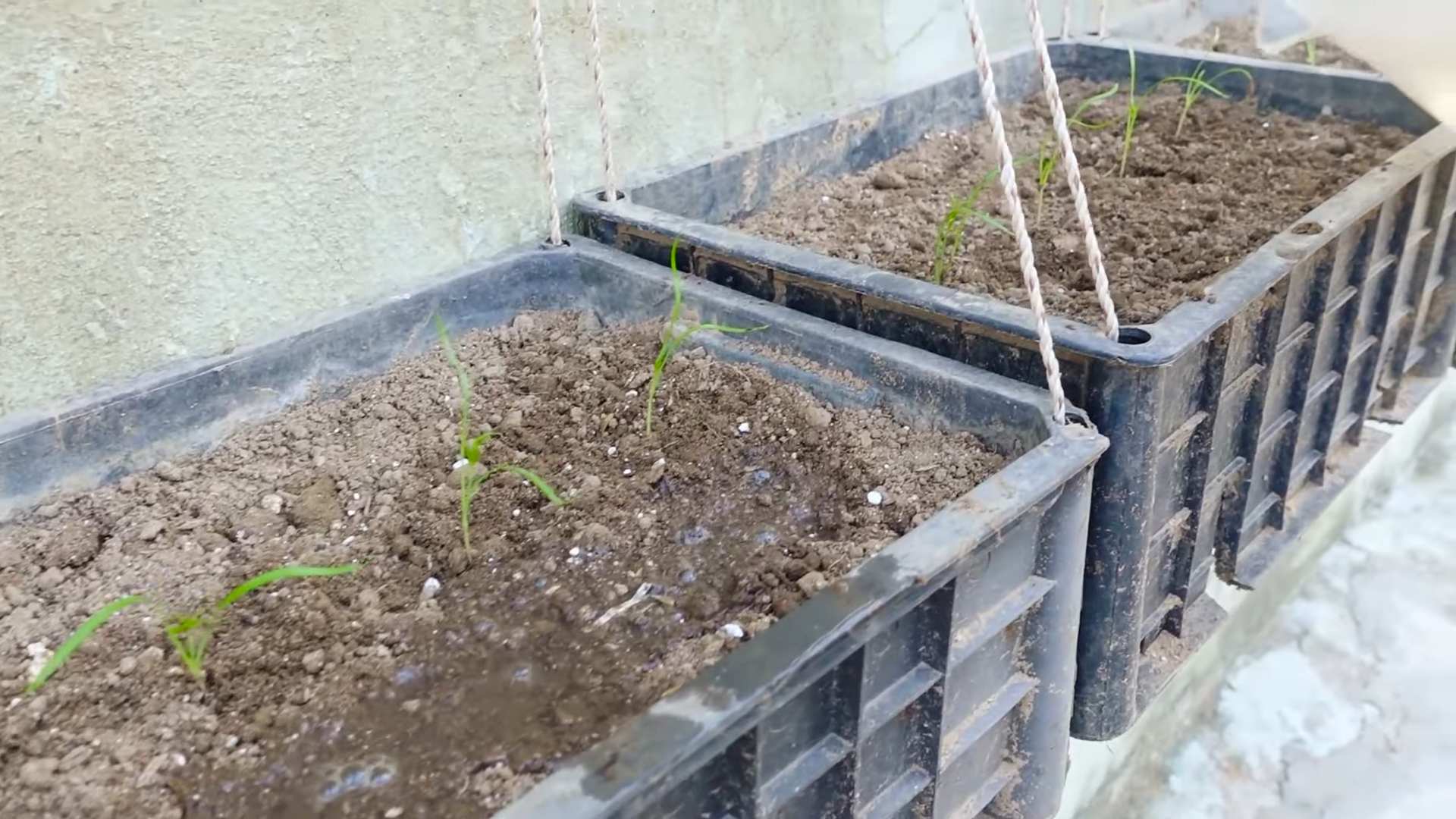
Conclusion
So, there you have it! Growing dill indoors easily is not only achievable but also incredibly rewarding. Imagine having fresh, fragrant dill readily available whenever you need it, regardless of the season. No more last-minute trips to the grocery store or settling for dried herbs that lack the vibrant flavor of fresh dill. This DIY trick is a game-changer for home cooks and gardening enthusiasts alike.
Why is this a must-try? Because it empowers you to take control of your herb supply, ensuring you always have the freshest ingredients at your fingertips. Beyond the convenience, growing your own dill is also a sustainable and cost-effective way to enhance your culinary creations. Think of all the delicious dishes you can elevate with your homegrown dill: creamy dill sauces for salmon, refreshing dill-infused cucumber salads, flavorful dill pickles, and so much more.
But the benefits don’t stop there. Nurturing a dill plant indoors can be a therapeutic and fulfilling experience. Watching your dill seedlings sprout and flourish is a simple pleasure that can bring joy and a sense of accomplishment to your daily life. Plus, the aromatic fragrance of dill can naturally freshen up your home, creating a more inviting and pleasant atmosphere.
Looking for variations? Consider experimenting with different dill varieties, such as Bouquet dill or Fernleaf dill, to discover your favorite flavor profile. You can also try companion planting your dill with other herbs like basil or parsley to create a mini indoor herb garden. For a decorative touch, plant your dill in a stylish pot that complements your home decor.
We encourage you to give this DIY trick a try and experience the joy of growing dill indoors easily for yourself. Don’t be intimidated if you’re a beginner gardener – dill is a relatively low-maintenance herb that can thrive with just a little bit of care and attention. Follow our simple steps, and you’ll be harvesting fresh dill in no time.
Once you’ve successfully grown your own dill, we’d love to hear about your experience! Share your tips, tricks, and photos with us in the comments below. Let’s create a community of indoor dill growers and inspire others to embrace the joys of homegrown herbs. Happy gardening!
Frequently Asked Questions (FAQ)
What kind of pot should I use for growing dill indoors?
The ideal pot for growing dill indoors should be at least 6-8 inches in diameter and have drainage holes. Dill plants have relatively long taproots, so a deeper pot is preferable to allow for healthy root development. Terracotta pots are a good option as they allow for good air circulation and drainage, but plastic pots can also work well. Just make sure the pot is clean and free of any residue before planting.
What type of soil is best for growing dill indoors?
Dill prefers well-draining soil that is rich in organic matter. A good potting mix specifically formulated for herbs or vegetables is ideal. You can also create your own potting mix by combining equal parts of potting soil, perlite, and compost. Avoid using garden soil, as it can be too heavy and may not drain well, which can lead to root rot.
How much sunlight does dill need when grown indoors?
Dill requires at least 6 hours of direct sunlight per day to thrive. If you don’t have a sunny windowsill, you can supplement with a grow light. Place the grow light about 6-12 inches above the dill plant and keep it on for 12-14 hours per day. Rotate the plant regularly to ensure that all sides receive adequate light.
How often should I water my indoor dill plant?
Water your dill plant when the top inch of soil feels dry to the touch. Avoid overwatering, as this can lead to root rot. When watering, water deeply until water drains out of the drainage holes. Allow the soil to dry out slightly between waterings. During the winter months, you may need to water less frequently.
How do I fertilize my indoor dill plant?
Dill is not a heavy feeder, but it will benefit from occasional fertilization. Use a balanced liquid fertilizer diluted to half strength every 2-3 weeks during the growing season (spring and summer). Avoid fertilizing during the winter months when the plant is not actively growing. Organic fertilizers, such as compost tea or fish emulsion, are also good options.
When can I start harvesting dill from my indoor plant?
You can start harvesting dill leaves once the plant is about 6-8 inches tall. Snip off the leaves as needed, being careful not to remove more than one-third of the plant at a time. Regular harvesting will encourage the plant to produce more leaves. You can also harvest the dill seeds once the plant flowers and the seeds turn brown.
How do I prevent pests and diseases on my indoor dill plant?
To prevent pests and diseases, keep your dill plant clean and well-ventilated. Regularly inspect the plant for signs of pests, such as aphids or spider mites. If you find any pests, you can try washing them off with a strong stream of water or using an insecticidal soap. Avoid overwatering, as this can create a favorable environment for fungal diseases.
Can I grow dill from seed indoors?
Yes, you can easily grow dill from seed indoors. Sow the seeds directly into the potting mix, about ¼ inch deep. Keep the soil moist but not soggy until the seeds germinate, which usually takes about 7-14 days. Once the seedlings emerge, thin them out so that there is only one plant per pot.
My dill plant is turning yellow. What could be the problem?
Yellowing leaves on your dill plant can be caused by several factors, including overwatering, underwatering, nutrient deficiencies, or pest infestations. Check the soil moisture to ensure that you are not overwatering or underwatering. If the soil is dry, water the plant thoroughly. If the soil is soggy, allow it to dry out before watering again. You may also need to fertilize the plant if it is lacking nutrients. Inspect the plant for pests and treat accordingly.
How long will my indoor dill plant last?
With proper care, your indoor dill plant can last for several months. However, dill is an annual herb, which means that it will eventually flower and set seed, after which the plant will decline. To prolong the life of your dill plant, you can pinch off the flower buds as they appear. You can also collect the seeds and sow them to grow new dill plants.

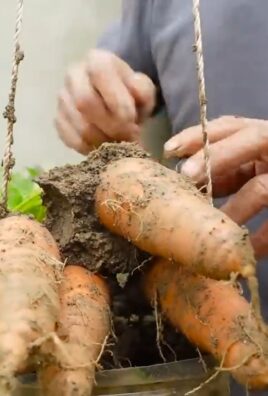
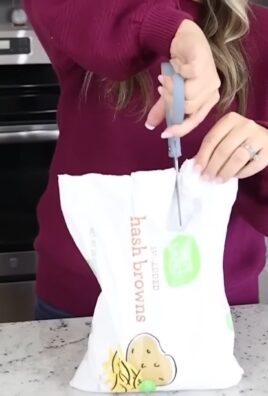
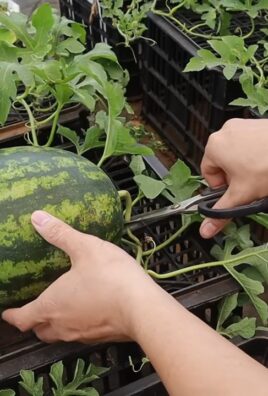
Leave a Comment